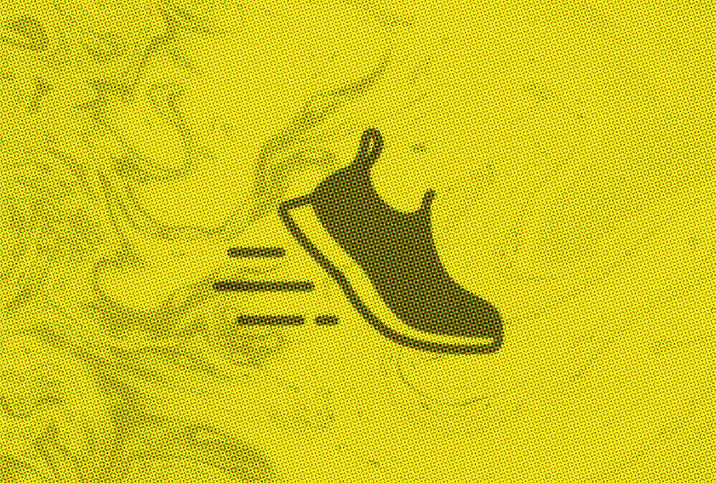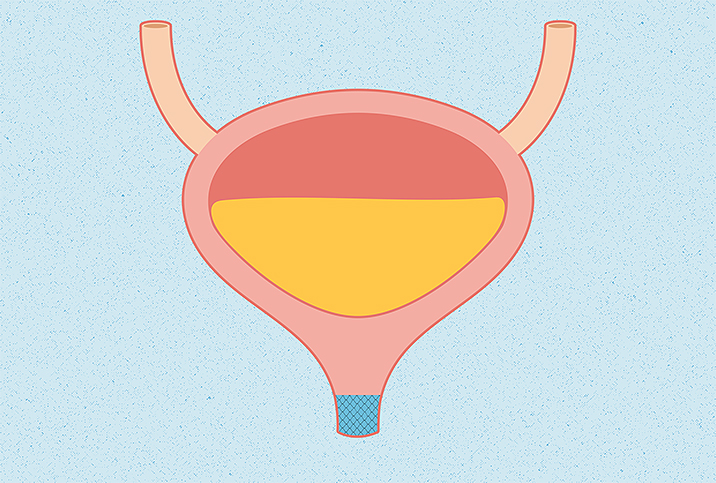Tackle Urinary Incontinence With These Products

Urinary incontinence can affect anyone—regardless of age or gender—and it can have a huge impact on your quality of life.
There are two kinds of incontinence: stress incontinence and urge incontinence, said Tara Scott, M.D., an OB-GYN in Fairlawn, Ohio. Stress incontinence is usually a physical issue, typically caused by the relaxing of the pelvic floor due to pregnancy, childbirth or aging. Urge incontinence is thought to be caused by nerve damage or hormonal conditions.
You can usually tell the two apart based on your symptoms. If you leak when you cough or laugh, it's likely to be stress incontinence. With urge incontinence, you have an overactive bladder, which means you might need to urinate more frequently, and still feel the need even if you have just emptied your bladder.
Urinary incontinence is a common and sometimes serious condition that often affects menopausal women. Approximately 50 percent of all American women experience it at some point in their lives, according to a 2005 study published by JAMA Internal Medicine.
Roberta Bass, M.C.S.P., a women's health physiotherapist, remedial hypnotist and menopause coach in Wedmore, England, said she sees hundreds of women each year with urinary incontinence.
Luckily, there are many products out there that can alleviate the discomfort and help women carry on with their day-to-day activities without worry.
Incontinence pads
Let's start with the most common option: incontinence pads.
These pads are typically made of textiles and polymers which have quick-dry technology to absorb moisture quickly. A number of brands are available in a variety of options for conditions ranging from light or occasional leaks to heavy incontinence.
Incontinence pads are much thicker than menstrual pads and are designed to hold more liquid, so there is less chance of leaking through your underwear. The downside is they can be quite bulky, which for some people, is a big compromise. Depending on the clothing you wear, the pad could be noticeable.
Disposable underwear
Disposable underwear is made with bladder leaks in mind.
Just like incontinence pads, it is made with super-absorbent polymers that can hold large amounts of liquid. The main difference, though, is the appearance. Disposable underwear looks a lot like diapers, and feels like it, too.
Underwear comes in a range of sizes and is suitable for the heaviest of bladder leaks, giving you total peace of mind. There's usually an elastic waist, which makes the underwear comfortable enough to wear throughout the day. Unfortunately, this type of underwear isn't discreet. It can be bulky and uncomfortable to wear throughout the summer. As it is disposable, it's not an eco-friendly option.
Pads
Do you usually experience light or moderate leaks? Conventional period pads could be a good option.
Many period pads can hold 1 to 3 teaspoons of liquid before needing to be changed, so they can be great for those little leaks after you cough or laugh. Pads are designed with absorbent materials to soak up the liquid and leave you feeling dry.
The downside? Some conventional pads are made with ingredients and fragrances that can irritate the vulva and disrupt the natural pH balance of the vagina. Luckily, there are many brands making the switch to organic cotton and biodegradable materials that are better for your vulva and vagina—and the environment.
Period underwear
If you have light to moderate leaks, period underwear might suit you perfectly. Designed to be discreet and more comfortable than most pads, period underwear is becoming more popular among menstruators and people with mild urinary incontinence.
There are so many products on the market, with some made from bamboo viscose, polyamide, cotton or Tencel Modal fabrics. Unlike conventional pads, there is no single-use plastic here. Period underwear is reusable, which lessens the impact on the environment.
The only downside is period underwear isn't the best option if you have heavy incontinence or frequent leaks, as it isn't usually designed to hold that much liquid.
Panty liners
Panty liners, which are typically designed for very light bleeding and discharge, could be a suitable option if you suffer from minor leaks.
Many panty liners are made from cotton, but it may be worth looking around for brands that are made with organic cotton or reusable materials. The latter will save you a lot of money if you plan on using them daily.
The main benefits of panty liners are they are discreet and extremely comfortable because they're thin. The downside is, of course, that they don't hold very much liquid. If you have anything more than a light leak, it will soak through to your underwear and your clothing. If you're leaving the house or exercising, panty liners might not be the best option.
Treating urinary incontinence
Besides using bladder leak protection, Scott recommended Kegel exercises and physical therapy for stimulating the pelvic muscles, which can help with stress incontinence. For urge incontinence, vaginal estradiol or DHEA cream may help.
Bass advised women to avoid caffeinated, carbonated and alcoholic drinks, because they can irritate the bladder and cause it to become overactive. Instead, drinking 1.5 to 2 liters of nonacidic fluid and practicing yoga or meditation can help many women control their bladder leaks.
Speak to your doctor to find out what's causing your incontinence. They may recommend a full assessment from a women's health physiotherapist or other forms of treatment.


















